Господдержка предприятий-производителей строительных материалов
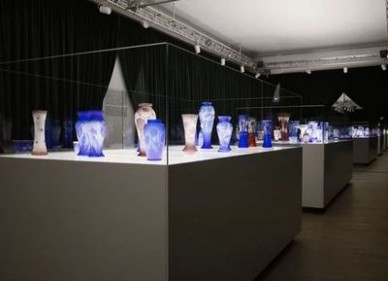
On April 27, the exhibition “Halle” opened at the “Chambers” museum center of the Vladimir-Suzdal Museum-Reserve. The project is dedicated to the leading French artist of the Art Nouveau era, the founder of the Art Nouveau style, Emile Galle, who was the first to use the technique of etching, engraving or carving on laminated glass.
At the exhibition you can examine in detail more than 150 exhibits: original works of the master, his students and followers, works “in the style of Emile Galle”, made at the Imperial Glass Factory and the Gusev Crystal Factory, as well as “Soviet Galle” - products of the 1930s–1950s Gusevsky, Dyatkovsky crystal factories, glass factory "Red Giant".
Emile Galle received both academic and practical craft education, which later helped his talent to manifest itself in all its versatility, and he was also well versed in chemistry and botany. Researchers of the founder of the Art Nouveau style say that Galle glass is nature seen through the eyes of an artist.
Galle denied the human figure in his products, states Nadezhda Pak, a leading specialist in exhibition activities at the museum-reserve. She begins the tour with a short story about the early work done in the Halle art workshop (1890s), which was located in the city of Nancy in France.
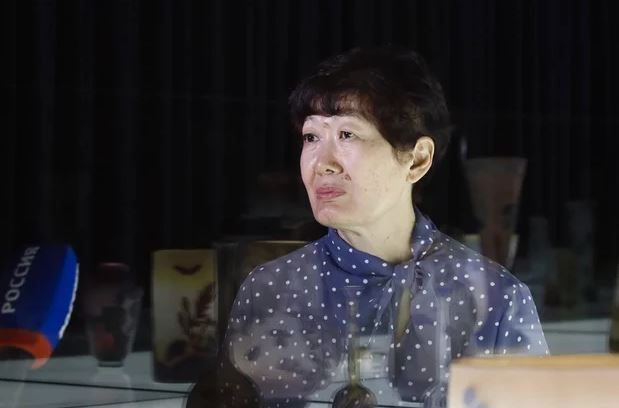
One of the vintage pieces is number one on display, and it's a gorgeous bottle. It depicts lilies or, as they were also called, martagons. This exhibit is associated with the history of friendship between Halle and the famous poet Robert de Montesquiou. It was the latter who instilled in his artist friend a love of Eastern culture, as he brought engravings by Japanese artists as gifts.
Number two is a vase with a small inscription. Since 1880, Halle created so-called “talking” objects, that is, he wrote sayings of famous poets of that era on the products. The line translates as “Feather in the wind” because it depicts dandelions, one of the symbols of France. Small vases for one flower, called solifleurs, also look interesting. The products depict floral patterns and grape bunches.
The famous artist tried various techniques for working with glass: he applied additional layers of glass to the surface of the product, rolling a hot blank over an iron sheet strewn with multi-colored glass chips, painted it with enamel paints, and made engravings. But the technique of etching on laminated glass brought him wide fame in 1880. The artist applied hydrofluoric acid with a brush to the product, which was previously varnished with a pattern cut out on it. The ability to apply layers of multi-colored glass of different thicknesses and vary the etching time made it possible to achieve the finest color transitions.
– The technology presented here brought the glory that remains in history. These products are made using the technique of laminated glass and deep etching. Now experts say that Halle has products that use more than 100 different operations and chemical components. Currently, specialists involved in glass technology cannot reveal its secret,” noted Nadezhda Pak.
According to one version of historians, Emil Galle was familiar with the Russian public even before the discovery of the deep etching technique: his father owned a glass factory and was a supplier to the imperial court. It is believed that Galle's work was recognized in Russia even earlier than in France. At various exhibitions where products made using this unusual technique were presented, they attracted a surge of attention from representatives of the aristocracy. However, the technology was unknown; Russian glassmakers, on a whim, tried to recreate such glass masterpieces. The Imperial Glass Factory was one of the first to produce objects using the Halle method, then the idea was “picked up” by the Gusev Crystal Factory. Maltsova.
At the exhibition in the Chambers you can look at glass works from different periods of history, including the USSR and modern times. By the way, during the Soviet period, the technology was somewhat simplified: the products do not have that same multicolor and there are fewer reliefs on them.
The exhibition includes items from the collection of the Vladimir-Suzdal Museum-Reserve and the State Palace and Park Museum-Reserve "Ostankino and Kuskovo". The main part of the collection (if we talk about the Soviet period) was transferred to the Crystal Museum in 1981. These were items from the model room of the Gusev Crystal Factory; items from the same array later entered the museum-reserve. The fund is expanding through collecting work and from private collections. There are also products created in the 1980s with portraits of heroes of the day, political figures, journalists, writers, which were handed over by the relatives and heirs of these people.

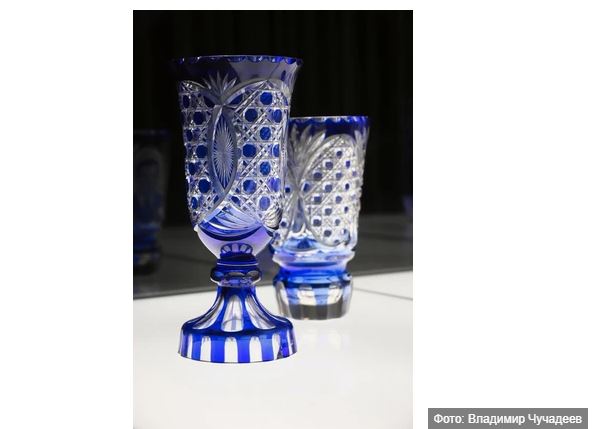

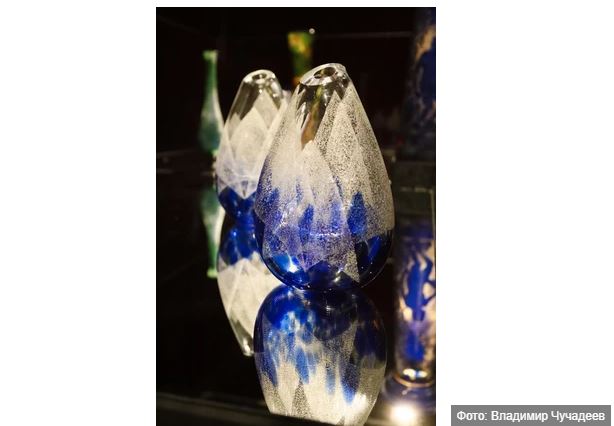
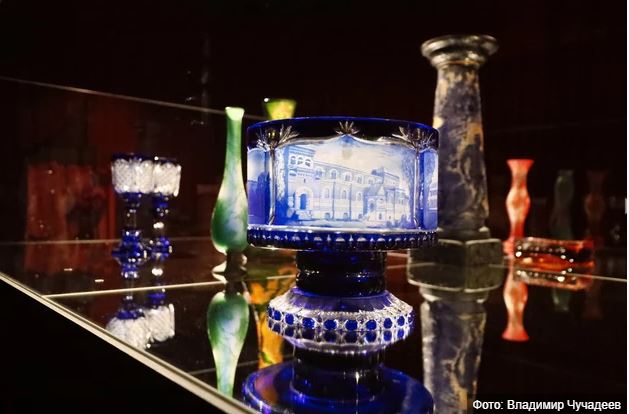
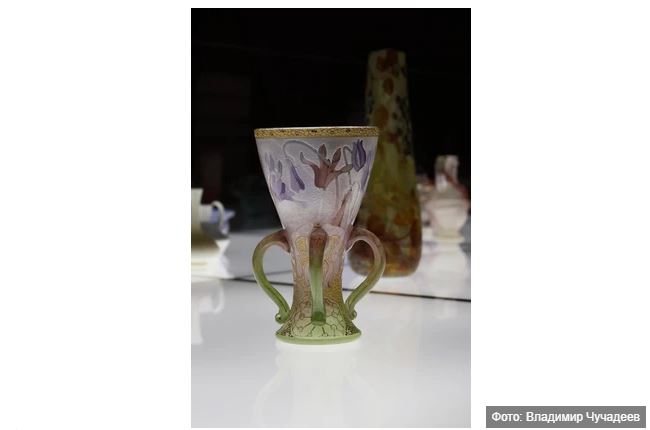
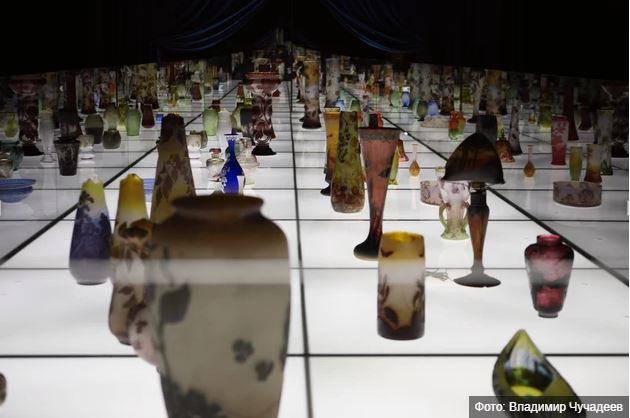
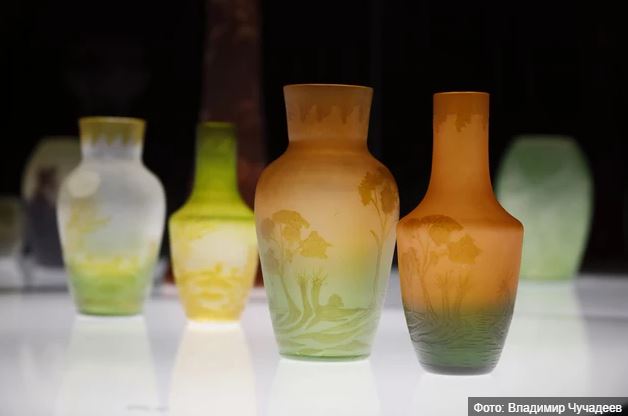
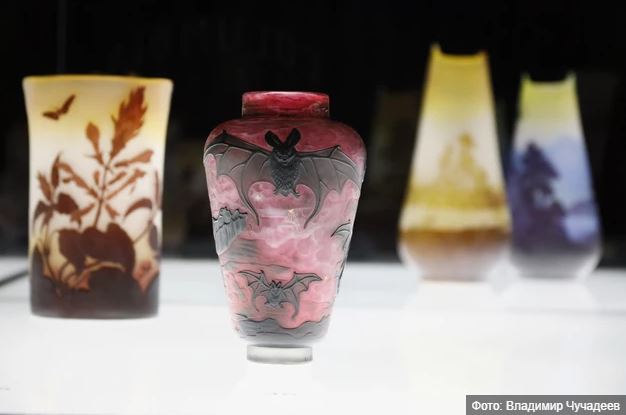
Source: vedom.ru